The Future of HR: Unlocking Talent Through Work Integrated Learning

Author : Alena Schock
Organizations and hiring professionals in Alberta are facing a growing challenge—bridging the skills gap required to thrive in the new work landscape. The Alberta 2030: Building Skills for Jobs initiative recognizes this need for skill development and growth in our province, and one way to achieve this is through increased work-integrated learning opportunities for current and future post-secondary students. This blog post will dive into the significance of this initiative and explore the top ten ways you can engage post-secondary students in your organization.
Alberta 2030: Building Skills for Jobs
Alberta 2030 highlights the government's commitment to raising a skilled and adaptable workforce. Its goal is to ensure that Albertans have the skills and knowledge required to meet the demands of an ever-changing job market. A large part of this initiative is working with post-secondary institutions to create pathways for students to gain real-world experience through work-integrated learning. Different types of work-integrated learning include field placement, mandatory professional practicum, community service learning, project work, internship, and co-op. This initiative presents HR professionals with the opportunity to think about engaging students in different and meaningful ways.
Why Work-Integrated Learning Matters to Employers
Employers engaging with students through work integrated learning is a win-win strategy for Alberta. Here’s why:
- Addressing the Skills Gap : Students can contribute specific skills to projects and help alleviate capacity pressures.
- Fresh Perspectives : Students bring innovative ideas and current perspectives to your organization.
- Talent Pipeline : A way to identify and nurture future talent.
- Relationships with Post-Secondary Institutions : Work-integrated learning must include an organization, a student, and a post-secondary institution. Connect with focused and driven talent and build relationships with the post-secondary institutions that foster new talent.
- Diversity and Inclusion : Attract student talent from diverse backgrounds for a more inclusive workplace.
- Cost Effective : Address your hiring needs while investing in the community.
- Community Engagement : Demonstrate your commitment to community and social responsibility.
Ten Ways to Engage Students in Your Organization
Once employers have brought talent on board, they can engage with work-integrated learning students to optimize their contributions. Here’s how:
- Structured Work Integrated Learning : Develop well-defined paid or unpaid opportunities that align with your organizational needs.
- Mentorship : Pair students with passionate mentors who can guide and support their growth. This will also develop current employee’s skills.
- Collaborative Projects : Involve students in real-world projects that give them hands-on experience and responsibility that benefit your organization in tangible ways.
- Networking and Events : Host events like social mixers, panel discussions, or fireside chats to help your team connect with students.
- Open & Vulnerable Spaces : Encourage open communication and timely and regular feedback. This facilitates student learning and development and helps lead impactful work.
- Skills Development : Offer training sessions to enhance a student’s skills, team contribution and build your talent pipeline.
- Showcase Success : Share past/current student success stories to inspire your team and new hires.
- Integration : Ensure students feel valued by promoting a welcoming and open culture. This has a positive impact on your current staff too.
- Flexibility : Like any employee, students want flexibility, like working from home or having a hybrid culture. In turn, students will be versatile, resilient, and responsive to change.
- Opportunities : To retain talent, consider offering full-time jobs to high-performing students after graduation.
The Alberta 2030: Building Skills for Jobs initiative provides a unique opportunity for employers to be forward-thinking and participate in developing Alberta’s future workforce. By embracing work-integrated learning and implementing these strategies, you will play an active role in closing the skills gap for your organization and keeping skilled talent in Alberta – a future for HR Alberta can get behind.
Author's Bio
Alena Schock is a Marketing and Communications professional. She is passionate about storytelling for brands that enrich lives, food, travel, and her hometown of Calgary, Alberta. She is the Marketing and Communications Specialist for TalentED YYC , a pilot project championed by Calgary Economic Development. TalentED YYC provides free support to Calgary employers in developing student opportunities, accessing funding, and driving organizations forward with student talent. Connect with the team at TalentEDYYC.com
The views and opinions expressed in this blog post belong solely to the original author(s) and do not necessarily represent the views and opinions of CPHR Alberta.
The views and opinions expressed in this blog post belong solely to the original author(s) and do not necessarily represent the views and opinions of CPHR Alberta.





